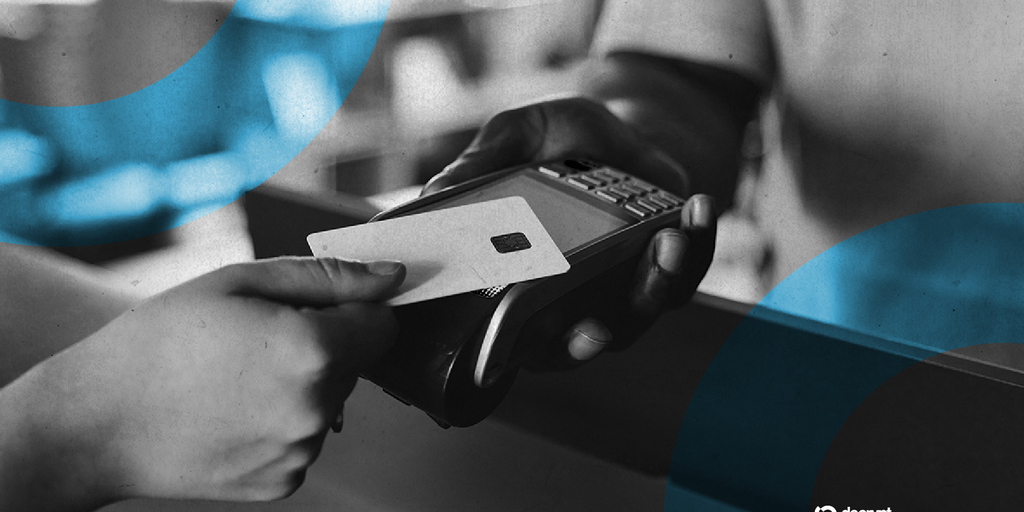Market Pulse
In a significant development signaling the deepening integration of distributed ledger technology (DLT) into traditional finance, banking behemoths Goldman Sachs and Santander are reportedly at the forefront of exploring blockchain-based money. This initiative goes beyond merely offering crypto-related services to clients; it delves into leveraging blockchain for the very foundation of financial transactions, including interbank settlements and tokenized deposits, potentially reshaping the future of global finance.
The Evolving Stance of Traditional Banking on Blockchain
For years, the traditional financial sector maintained a cautious, often skeptical, distance from blockchain and cryptocurrencies. Initially perceived as a fringe technology, DLT gradually gained recognition for its potential to streamline back-office operations and enhance efficiency. Now, major players like Goldman Sachs and Santander are moving towards a more profound adoption, investigating blockchain as a core component for sovereign currency representation and transactional frameworks.
- Increased Efficiency: Blockchain can facilitate real-time gross settlement, reducing the time and cost associated with traditional settlement systems.
- Reduced Counterparty Risk: Atomic swaps and on-chain settlements can minimize exposure to counterparty risk inherent in multi-party transactions.
- Operational Cost Savings: Automation and disintermediation through DLT can lead to substantial reductions in operational overheads.
- Enhanced Transparency: A shared, immutable ledger offers greater transparency and auditability for financial flows, albeit often within a permissioned environment for institutional use.
Defining “Blockchain-Based Money” in the Institutional Context
It’s crucial to distinguish between public cryptocurrencies like Bitcoin and the “blockchain-based money” being explored by these financial institutions. This exploration typically centers around tokenized versions of existing fiat currencies or the development of wholesale central bank digital currencies (CBDCs) and tokenized commercial bank money. These are not new volatile digital assets, but rather digital representations of value held in central bank or commercial bank accounts, leveraging DLT for their transfer and programmability.
- Tokenized Deposits: Commercial bank liabilities (deposits) represented as tokens on a distributed ledger, allowing for programmable payments and instant settlement.
- Wholesale CBDCs: Digital currency issued by a central bank, accessible only to financial institutions for interbank settlements, enhancing monetary policy implementation and financial stability.
- Distinction from Public Cryptocurrencies: Unlike public cryptocurrencies, these initiatives are typically permissioned, subject to existing regulatory frameworks, and backed by the full faith and credit of sovereign fiat currencies or regulated financial institutions.
Implications for the Global Financial System
The active pursuit of blockchain-based money by institutions as influential as Goldman Sachs and Santander could serve as a powerful catalyst for broader DLT adoption within the global financial architecture. This shift promises a more interconnected, efficient, and potentially programmable financial ecosystem. However, such a transformation is not without its complexities, requiring significant collaboration with regulators and central banks to navigate legal, operational, and cybersecurity challenges.
- Acceleration of DLT Adoption: The participation of major banks legitimizes DLT, potentially encouraging other institutions to follow suit.
- Programmable Finance: Tokenized money enables smart contracts to automate complex financial agreements, opening doors for new financial products and services.
- Cross-Border Payments: DLT could revolutionize cross-border transactions, making them faster, cheaper, and more transparent.
- Regulatory Harmonization: A key challenge will be developing consistent regulatory frameworks across jurisdictions to support this new paradigm.
Conclusion
The proactive engagement of banking giants like Goldman Sachs and Santander in exploring blockchain-based money marks a pivotal moment for both traditional finance and the broader digital asset space. This move signifies a deeper recognition of DLT’s transformative potential, moving beyond mere speculative assets to foundational infrastructure. While the path to full implementation will undoubtedly be complex, the clear direction taken by these institutions suggests a future where digital, programmable money, underpinned by blockchain, plays an increasingly central role in the global financial system.
Pros (Bullish Points)
- Lends significant credibility and legitimization to blockchain technology within the mainstream financial sector.
- Could lead to vastly more efficient, transparent, and cost-effective interbank settlements and payment systems globally.
Cons (Bearish Points)
- Implementation will likely be slow due to regulatory hurdles, legacy system integration, and inherent risk aversion in traditional finance.
- Potential for increased centralization and control by established financial institutions over digital money flows, potentially differing from the decentralized ethos of public cryptocurrencies.
Frequently Asked Questions
What is 'blockchain-based money' in the context of Goldman Sachs and Santander?
It refers to digital representations of existing fiat currencies (like tokenized deposits) or wholesale Central Bank Digital Currencies (CBDCs) that leverage distributed ledger technology (DLT) for their issuance, transfer, and settlement, rather than new, independent cryptocurrencies.
How does this differ from institutions investing in cryptocurrencies?
This initiative focuses on using blockchain as an underlying infrastructure for core monetary functions and settlement, distinct from investing in speculative crypto assets like Bitcoin or Ethereum. It's about the technology for money itself, not crypto as an asset class.
What are the primary benefits these banks seek from DLT for money?
They aim for increased efficiency, real-time settlement, reduced operational costs, lower counterparty risk, and the potential for programmable financial transactions.



